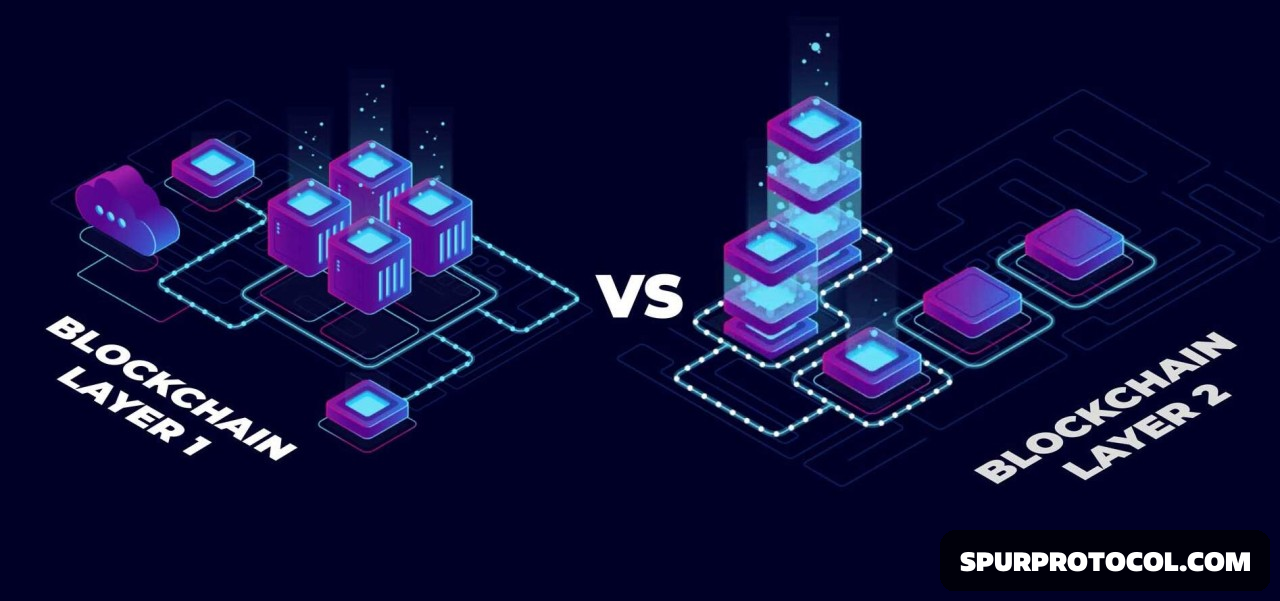The Evolution Of Blockchain Scalability
Blockchain technology, with its promise of decentralization and transparency, has the potential to revolutionize numerous industries. However, the scalability of many blockchain networks remains a significant challenge.
Go Back

🕒 9:46 PM
📅 Jan 17, 2025
✍️ By SpurProtocol
Early blockchains, like Bitcoin, were designed for specific use cases and struggled to handle high transaction volumes, leading to slow confirmation times and high fees. This has hindered the widespread adoption of blockchain technology for mainstream applications.
Addressing Scalability Challenges
To address these limitations, researchers and developers have explored various solutions to improve blockchain scalability:
Layer-1 Solutions:
- Sharding: This technique divides the blockchain into smaller "shards," each responsible for processing a subset of transactions, increasing overall throughput.
- Proof-of-Stake (PoS) Consensus: By transitioning from energy-intensive Proof-of-Work (PoW) to PoS, blockchains can reduce energy consumption and potentially increase transaction speeds.
Layer-2 Solutions:
- State Channels: Allow users to conduct transactions off-chain and only record the final state on the main blockchain.
- Sidechains: Separate blockchains that run parallel to the main chain, enabling faster and cheaper transactions.
- Rollups: Bundle multiple transactions into a single transaction on the main chain, reducing fees and increasing throughput.
Consensus Mechanism Improvements:
- Exploring alternative consensus mechanisms, such as Directed Acyclic Graphs (DAGs), can potentially improve scalability and efficiency.
Challenges and Considerations:
- Security: Maintaining security and decentralization while implementing scalability solutions is crucial.
- Complexity: Some scalability solutions can introduce complexity, making it harder to implement and maintain the blockchain.
- Interoperability: Ensuring seamless interoperability between different scalability solutions is essential for a truly scalable and interconnected blockchain ecosystem.
In Short:
The evolution of blockchain scalability is an ongoing process. Through continuous research and development, we are witnessing the emergence of innovative solutions that address the limitations of early blockchain networks. As these solutions mature, we can expect to see a more scalable and efficient blockchain ecosystem that can support a wider range of applications and drive mass adoption.
